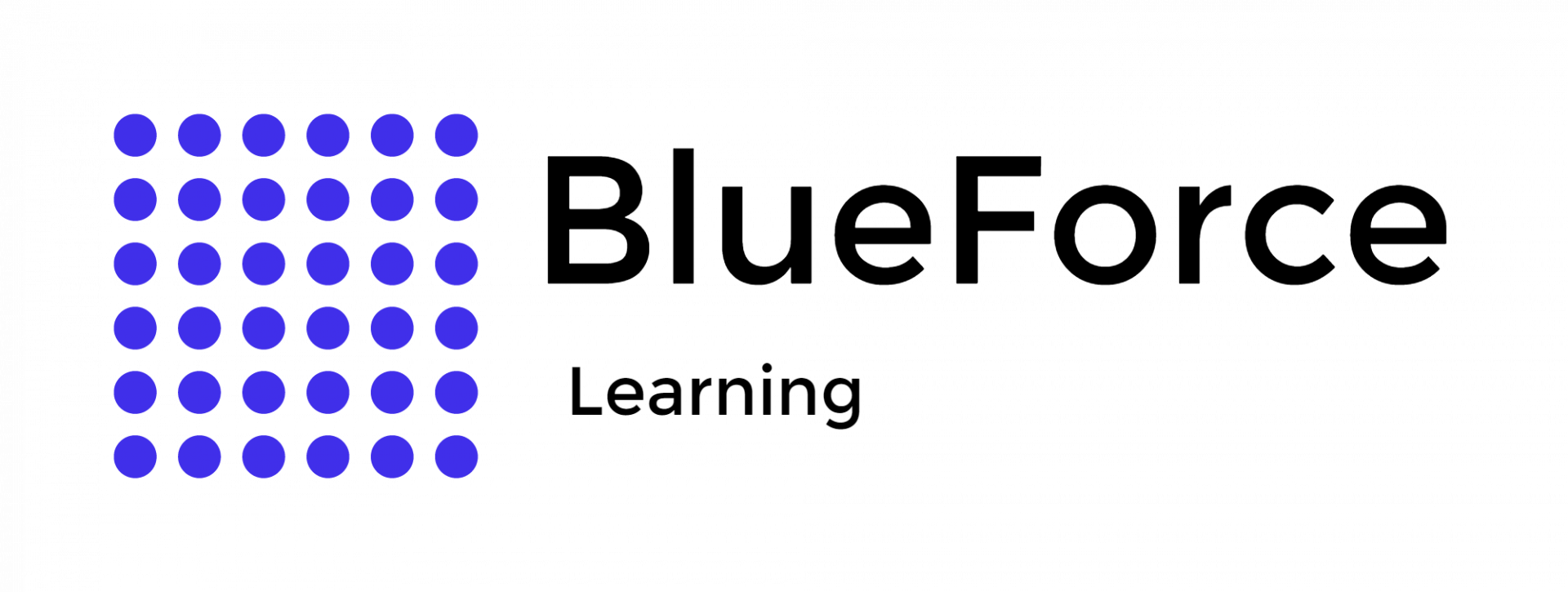In an era of abundant information, the ability to visualize complex datasets is necessary, especially in law enforcement. Data visualization is the graphical representation of data. With visual elements like charts, graphs, and maps, tools for visualizing data provide an accessible way to identify and understand the different trends and patterns in data.
This technique is invaluable in law enforcement as it translates vast crime statistics and data into clear, intuitive visuals. This allows officers to understand detailed concepts quickly, identify emerging patterns that signify potential threats, or recognize areas requiring immediate intervention.
According to
John W. Tukey, “The greatest value of a picture is when it forces us to notice what we never expected to see.” This is important because understanding all the details that may not be emphasized in numeric data helps identify crime patterns and trends effectively.
Therefore, visualizing data enhances crime reporting efficiency, proactive measures, strategic planning, and community engagement efforts in law enforcement practices.
Microsoft Excel has comprehensive features that facilitate various visualization formats. The following are the data visualization types that can be used in the field of law enforcement:
- Pie Chart: This visualization represents crime proportions, like the percentage of specific offenses within a jurisdiction, providing a snapshot of incidences.
- Bar Chart: This chart compares data points across categories, such as different precincts' arrest records, highlighting disparities or consistencies.
- Histograms display frequency distributions, which is beneficial for understanding common crime occurrences or peak offense times.
- Area Charts: These charts show cumulative data points over time, helpful in tracking crime rate increases or decreases.
- Scatter Plots: They identify correlations and help analyze potential relationships between variables.
- Timelines: A timeline illustrates a sequence of events or trends, crucial during investigations for mapping incidents' chronology.
- Gantt Charts: These visualizations can monitor project timelines and assist task forces in keeping track of ongoing investigations' milestones.
- Heat Maps: They visualize data density, pinpointing crime hotspots in specific neighborhoods or regions.
- Highlight Tables: These tables emphasize specific data and are especially useful when dealing with numerous variables in resource allocation.
- Bullet Graphs: These graphs compare performance against set benchmarks, such as evaluating the effectiveness of crime reduction initiatives against set goals.
All these types of data visualizations serve different purposes and aid diverse law enforcement operations. Therefore, the
Role of Excel Data Visualization Techniques in Law Enforcement is paramount.
Microsoft Excel aids accurate crime reporting in the following ways to ensure informed decision making for effective data-driven law enforcement:
With vast amounts of data generated daily, officers need a structured method for data organization. Excel enables the creation of dashboards where real-time data can be logged, monitored, and retrieved. This ensures timely information access and reduces manual workloads considerably.
When officers visualize data in Excel, complex information becomes more interactive and understandable to build a data-driven mindset. This clarity is vital for strategic planning that aids officers in drawing logical conclusions and making informed decisions.
Data visualization in Excel can consolidate varied data sources for an integrated approach to crime analysis. When different departments share and access unified reports, it streamlines collaborative efforts and fosters a holistic approach to law enforcement.
Presenting crime statistics in visual formats can effectively bridge the communication gap between law enforcement agencies and the community. Transparent information sharing enhances public trust, encourages community involvement, and promotes a cooperative spirit in crime prevention efforts.
Visual data aids in ongoing performance assessment and provides a clear view of whether strategies yield the desired outcomes. This constant monitoring facilitates necessary strategy adjustments for effective data-driven policing.
This way, Microsoft Excel supports effective crime reporting. Therefore, Understanding Excel Data Visualization for Law Enforcement is essential to effectively reporting crimes to the relevant stakeholders.
Creating clear and impactful data visuals in Microsoft Excel is vital for conveying complex information in law enforcement. Officers can use the following tips to enhance the effectiveness of their data visualizations:
- Select the Right Chart Type: Assess the data's characteristics and the intended audience's comprehension level to select the most suitable form of graphical representation. This strategic choice is pivotal in facilitating a coherent understanding and ensuring that the narrative constructed by the data is understandable and precise.
- Clean Your Data Thoroughly: Ensure a thorough filtration process to sift out extraneous or erroneous data - a critical step that safeguards the integrity of your visualizations and the insights they provide.
- Provide Clear Context: Enhance the interpretability of your graphical representations by integrating essential supplementary details. These clarifications may include titles, legends, and labels. They are instrumental in clarifying potential ambiguities.
Therefore, using Microsoft Excel for data visualization is an effective option as it enhances crime analyses and reporting. Law enforcement professionals can join BlueForce Learning, an online platform to master data-based skills to strengthen their visualization capabilities.
We offer comprehensive Excel courses that cover advanced knowledge and practices to equip officers with the best skills. With ongoing access to all the course material, you can continuously improve your skills by repeatedly returning to the course.
Get the best
Law Enforcement Certifications online and master effective crime reporting with BlueForce Learning.
What is data visualization in Excel?
Data visualization in Excel refers to the techniques used to graphically represent information, making complex data more understandable and interpretable. This process involves using Excel's various features like charts, graphs, and pivot tables to transform columns of numbers into visual insights.
Why is data visualization important?
Data visualization is important because it allows officers to quickly comprehend vast information, identify patterns, and detect trends or anomalies that might go unnoticed in text- or numeric-based data. All this enhances the ability of agencies to make informed strategic decisions.
Where can I learn how to visualize data in Excel?
BlueForce Learning is an online skills-learning platform where law enforcement officers can learn effective data visualization techniques to enhance crime analysis and reporting.


